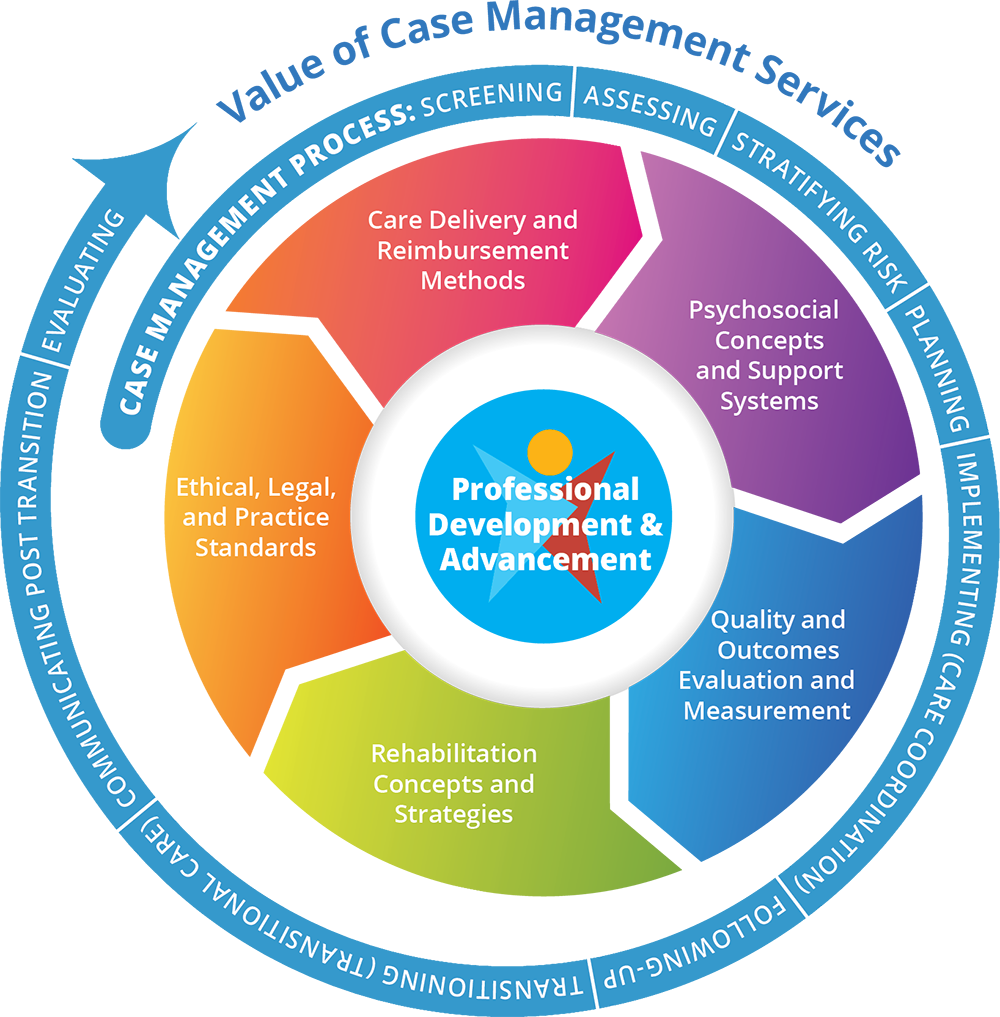For Care Managers
Diabetes affects 29.1 million people in the United States—that’s 9.3% of the population. It has been linked to heart disease, stroke, kidney failure, and leg amputation. The following explains some of the problems that patients with diabetes face and the importance of recognizing and managing potential complications caused by the disease.
Cardiovascular events
People with diabetes often are obese, have high cholesterol, and/or high blood pressure. All of these conditions increase the risk of cardiovascular problems. Patients with a combination of these conditions are at even greater risk for heart attack, stroke, and death than people who do not have diabetes.
To help protect heart health, patients need to:
• eat the right foods
• exercise regularly
• stop smoking
• check their blood glucose, blood pressure, and cholesterol levels often
A dietitian can help patients choose a healthy diet; if they’re overweight, a dietitian can also help them lose weight safely. They may also get recommendations for physical activities that are right for them.
It’s also important for patients to have their doctor test their A1C at least twice a year so they know how they are managing their blood glucose levels. Their cholesterol should be checked at least once a year. At every doctor’s visit, their blood pressure should be checked as well. If a doctor prescribes medications, patients need to take them as prescribed.
Renal impairment
The kidney’s job is to filter out waste and extra fluid. When the kidneys are damaged and can’t filter properly, waste and extra fluid builds up in the bloodstream. When the kidneys fail, patients will need dialysis several times a week to replace the lost kidney function. In more severe cases, a kidney transplant may be needed.
Kidney disease happens slowly and silently in people with diabetes. They may not even realize anything is wrong until severe problems with their kidneys have developed.
Kidney and bladder infections can also be concerns for diabetes patients. Symptoms include cloudy or bloody urine, pain or a burning sensation when urinating, or an urgent need to urinate often, in addition to back pain, chills, or fever.
To help manage kidney problems, patients need to monitor their blood glucose and keep their blood pressure under control. It is also important that they get their blood and urine checked for kidney dysfunction every year.
Vision impairment
In people with diabetes, high blood glucose and high blood pressure levels cause small blood vessels to swell. The blood vessels leak liquid into the eyes, causing blurred vision. Sometimes this leaking can cause blindness. Other eye diseases more likely to occur in people with diabetes are cataracts and glaucoma. https:// www.cdc.gov/diabetes/managing/problems.html
Treating eye problems early can help save a patient’s sight. Having a dilated eye exam at least once a year is recommended. The doctor will check for signs of cataracts or glaucoma. This is important because diabetic eye disease may develop without any symptoms. https://www. cdc.gov/diabetes/managing/problems.html
Symptoms of eye disease include:
• trouble reading
• blurred vision
• seeing rings around lights or dark spots
• flashing lights
Patients should inform their health care team about any changes in their vision.
Infection, circulation, and amputation
Long-term diabetes can damage blood vessels and nerves, resulting in numbness, pain, and weakness in the hands, arms, feet, and legs. An estimated 60% to 70% of people with diabetes have some form of neuropathy—the medical term for damage to the nervous system.
Nerve damage can deform or misshape feet. It can lead to blisters, sores, or ulcers on limbs as well. Poor circulation can make these injuries slow to heal. A sore or ulcer that does not heal or becomes infected can lead to amputation of a toe, foot, or leg.
Patients need to learn how to take good care of their feet. Their feet should be examined by a doctor and tested for nerve damage at least once a year
To keep their feet healthy, patients should:
• Look for cuts, cracks, sores, red spots, swelling, infected toenails, splinters, blisters, and calluses on their feet every day. If they notice any cuts or have an infection that isn’t healing, they should call their doctor right away
• Wash their feet in warm water (not hot) and dry them thoroughly
• Cut toenails (but not too short) as needed. Toenails should be cut when they are soft after washing, and toenail edges should be filed with an emery board
• Rub lotion on the tops and bottoms of feet— but not between the toes—to prevent cracking and drying
• Wear shoes that fit well. Break in new shoes slowly
• Wear stockings or socks to protect feet against blisters and sores
• Wear clean, lightly padded socks that fit well
• Avoid walking barefoot because it’s easy to step on something harmful—shoes or slippers should be worn at all times
• Protect feet from extreme temperatures (hot and cold)
• When sitting, they should keep the blood flowing by propping their feet up, and move their toes and ankles for a few minutes at a time
• Not smoke. Smoking reduces blood flow to the feet
NOTES: ________________________________________________________________________________
________________________________________________________________________________
________________________________________________________________________________
________________________________________________________________________________
________________________________________________________________________________
________________________________________________________________________________
________________________________________________________________________________
________________________________________________________________________________
________________________________________________________________________________

